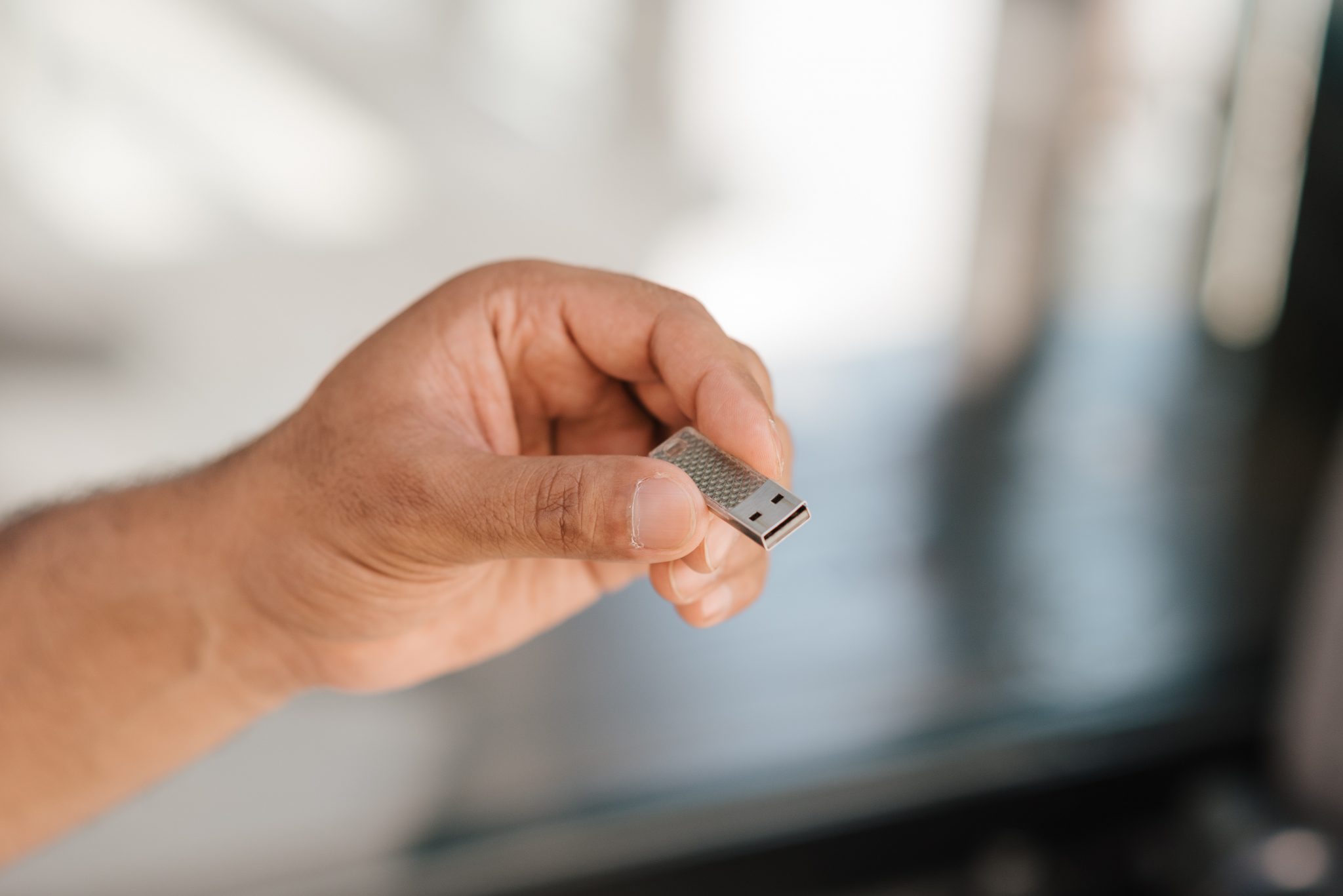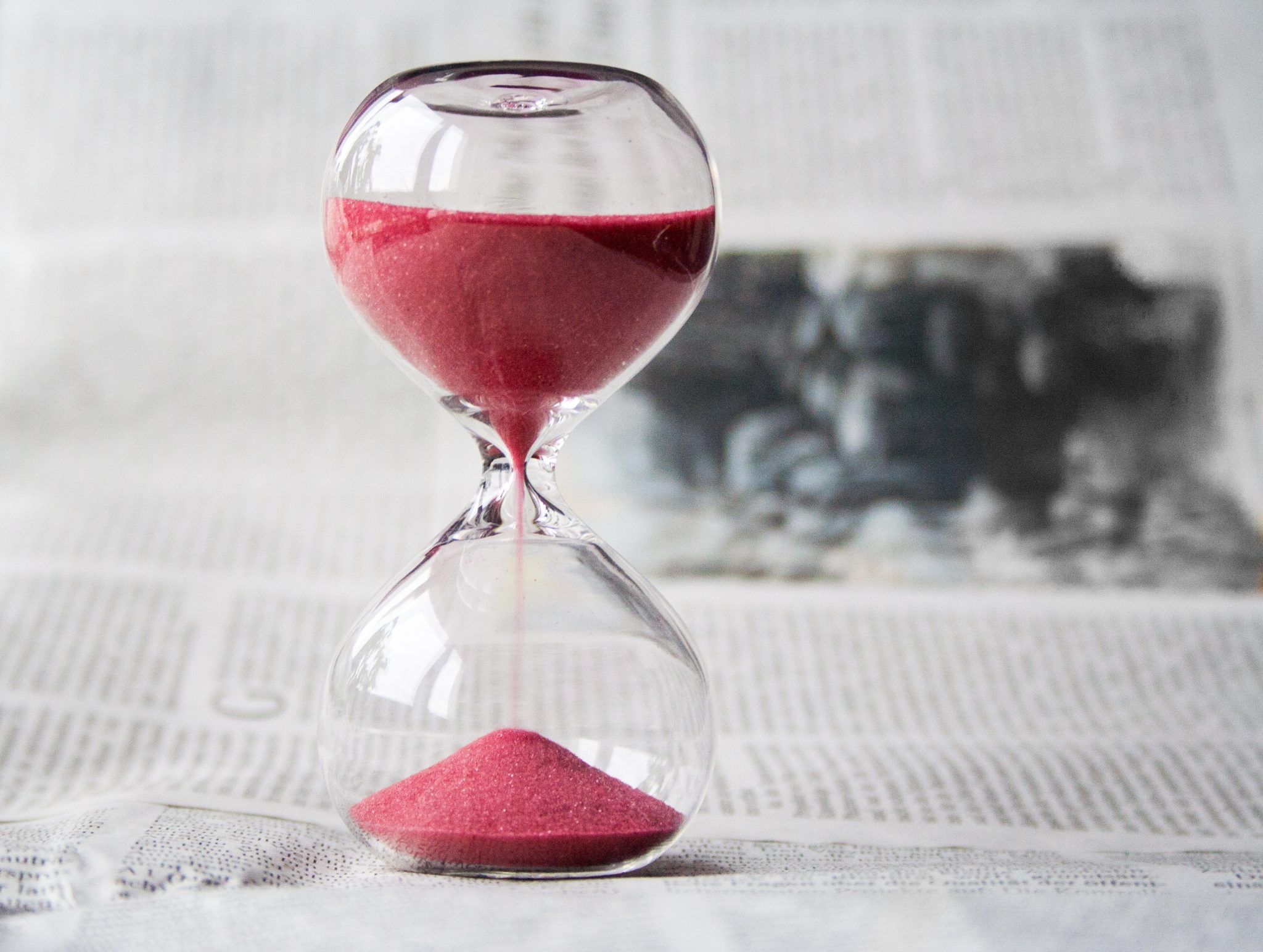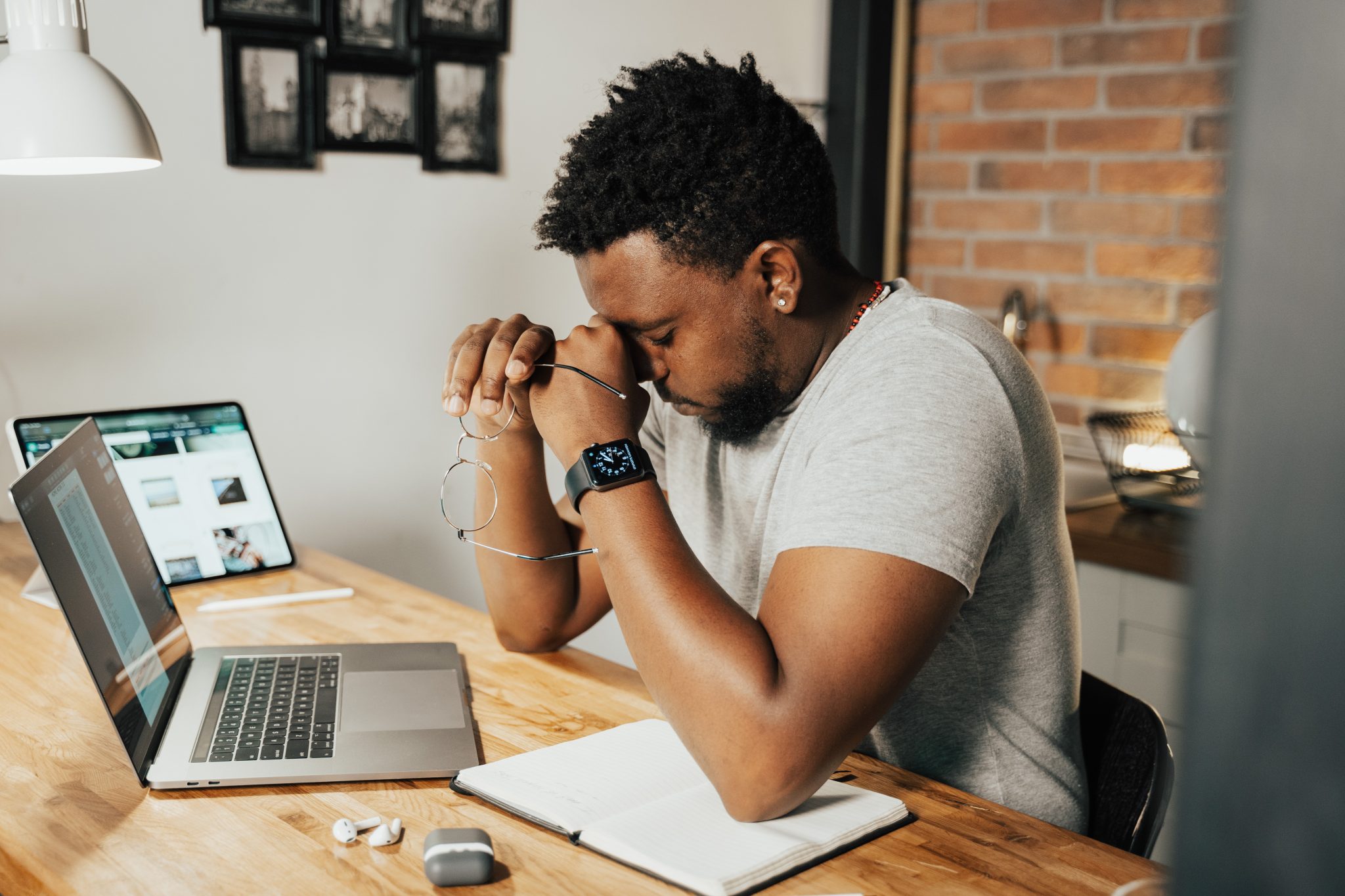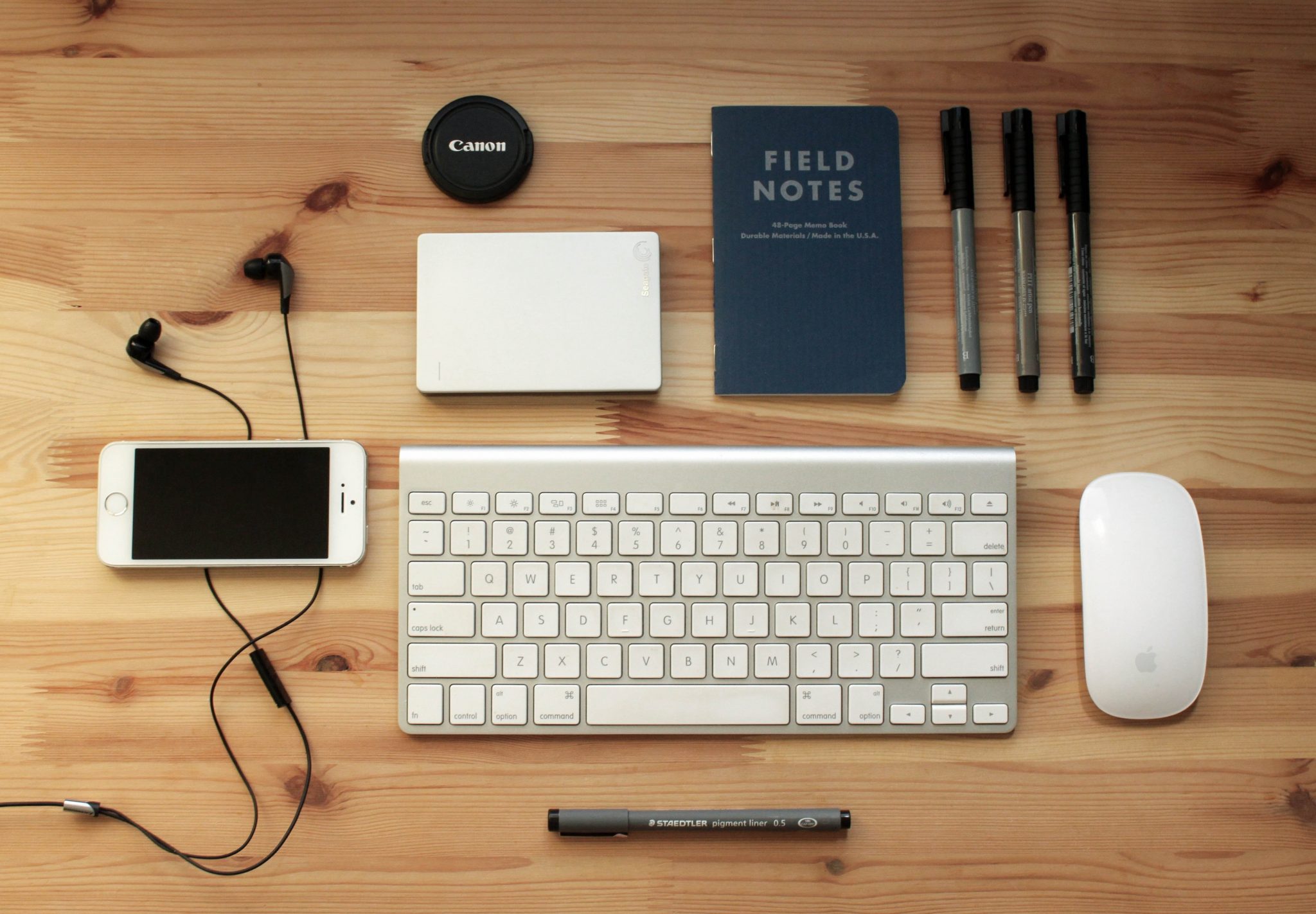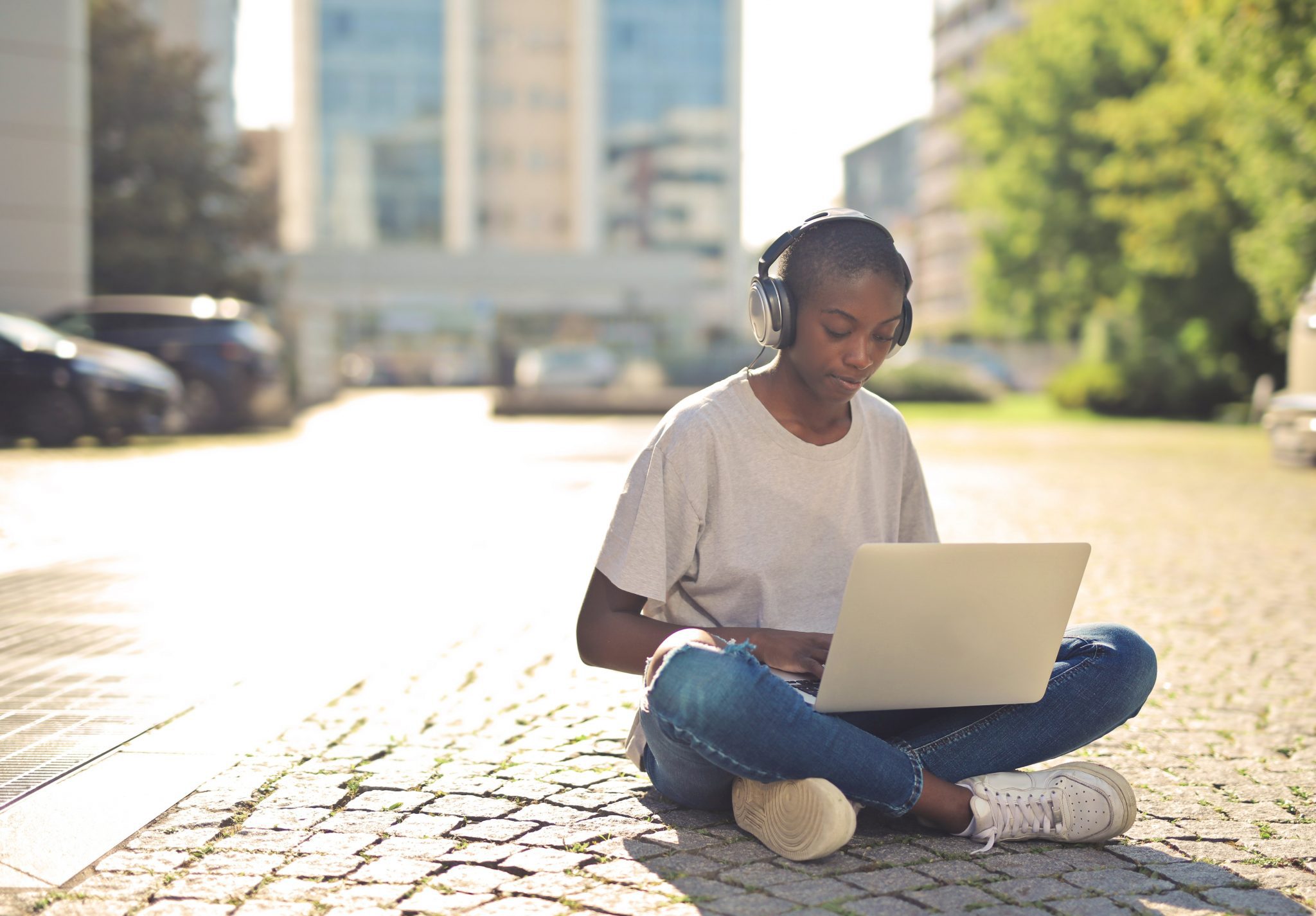Since the COVID-19 pandemic began, remote working has thrived. According to Nick Bloom of Stanford’s Working From Home Research Project, about 25% to 35% of workers work from home.
Despite attempts to return to normal operations, many companies will likely switch to a fully remote or hybrid style in the near future. Therefore, it is likely that you will need to establish a more permanent WFH setup.
But, how exactly can you make your home office better for productivity? Here are some tips for designing a home office for your comfort, productivity, and needs.
Think — “Small is Okay.”
No. I don’t mean scouring the fridge for a cheesy treat. Instead, locate the quietest spot in your house. Others find any noise bothersome, even if they need some background noise to work.
“I’m much more efficient in a quiet, distraction-free space,” says John Gerard from Our Home from Scratch. “Our home office is far enough away from the television and the play area that, with the doors closed, I can easily work in peace.”
Do not let your workspace coincide with anyone else’s to prevent this from happening. Ideally, you want to select a room with a door. Maybe this could be a spare bedroom, basement, or attic. Some people convert closets into a home office if space is tight.
Remember to Maximize Natural Daylight.
Researchers have found that exposure to natural light throughout the day has positive effects on our mental and physical health. So, it will be beneficial for you to open the blinds and let the light in.
“Ideally you should position your desk next to a window to enjoy the best natural light levels,” says interior designer Chantel Elshout. Direct sunlight, however, can make it difficult to see your computer screen. “Adjustable window treatments, like plantation shutters, are a real savior and can be tilted as the sun moves to keep the sun out of your eyes while maintaining decent natural light levels overall.”
If you don’t have access to sunlight, a simple soft light desk lamp, such as the Mi LED Desk Lamp, will be just fine. The soft glow of your work environment can contribute to a more relaxed, less stressful environment. And this will also avoid eye strain.
Turn up the tunes.
One of my favorite parts about working from home? I can play my music as loud as I want. That’s not to say I’ve tossed my headphones. It’s just that this won’t distract anyone with no one else around.
Of course, you might have to be mindful if you have a roommate or a partner. But, if not, just let the music play to your content. It has been proven that listening to music during the day enhances productivity, creativity, and memory retention. Whatever you choose, just know that different playlists are better suited for various tasks.
For menial and tedious work, go with more upbeat music. But, when it’s time to focus on deep work, you’re better listening to the relaxing beats and soothing tones of instrumental ambient music. And, certainly know when to work in silence without your tunes.
Prioritize Comfort.
A comfortable home office makes you less likely to get restless. For this reason, a strategically planned interior design is crucial.
Make sure your office chair is comfortable and ergonomically designed for your health and productivity. After all, it’s a simple way to prevent back pain over time. Another option to improve posture and comfort is to use a standing desk with a rubber foot mat. I like my desk to be up sometimes and down sometimes — the variety is favorable for many things.
Although you may not think this applies to you, about 90% of adults have experienced back pain at some point in their lives, according to the American Academy of Family Physicians. What’s more, 50% of Americans have back pain annually. Desk chairs that don’t properly support your back can negatively affect your health, mood, and work performance. I really like my gaming chair in my home office for work and wish I had one for my office desk.
Upgrade Your Gear.
When you’re working remotely, technology will be your best ally. But, is your existing electronic device, such as a computer, printer, or connection, prone to technical problems? If so, this doesn’t just slow you down, it’s also a nuisance.
You are likely holding on to your old equipment because it still works and upgrading seems too expensive. Think back — you’ve wasted a ton of your time troubleshooting the old stuff and likely even have lost opportunity costs. At least get the newest pieces of equipment you can afford.
Remember, any lost time will negatively affect your productivity — and your mood as well. Can you imagine the stress you’ll have if your system crashes right before a deadline?
Depending on your work, the devices you use will vary. So, make sure that you have the best tools at your disposal. Moreover, make sure that your software is up-to-date. And, if you haven’t done so yet, be confident that you have a reliable and fast wireless router. You may also need area boosters to get your signal throughout your workspace.
Design Flexible Layouts.
It doesn’t matter if you’re a manager or have tons of responsibility in your current company; in today’s flexible work environment, a well-planned home office layout can help you adapt to your job better.
If you are running back and forth from office to home office — it can be helpful to design both your spaces similarly.
For an efficient home office, consider installing a Murphy bed. These are kind of expensive — but really worth it. With the Murphy bed setup, when you are not working, you can use your home office as a guest room. Choosing light and minimalist furniture that you can rearrange easily is also a good idea. For example, if you want to combat a sedentary lifestyle, you can move things around to exercise or leave a balance board or weights by your desk.
An ideal home office allows for movement and flexibility. If you don’t like some aspect of your home office in the future, you can change it without investing in a significant renovation.
Organize Your Desk for Efficiency.
“Regardless of your preferences or inclinations, your workstation should be set up for the best time management, efficiency, and, yes, comfort,” states Robert Half. “After all, you may spend more time at your office desk than you do in your own bed.”
There is no better time than now to tidy up your files, piles of papers, and general disarray if you are constantly overwhelmed by them. Here are some suggestions on arranging your environment to maximize productivity for a more manageable process.
Methodize Your Stuff.
For instance, put away non-essential items from your desktop on Monday morning. Put back only what is necessary to complete the task on your desk while working. Put everything still on the floor into a drawer, closet, or recycling bin at the end of the week.
Determine Your Best Workflow.
Left-to-right thinking is prevalent among many people, and they like to place items in a certain way, left to right. Don’t worry about following these norms. Watch yourself a day or two to see what feels the most comfortable for you. Where is the best place for your computer?
Where will you place your phone, so it’s always where you want it? Keep a clear workspace in the middle, and completed paperwork can be on the right — unless you are left-handed. Organizing your desk depends mainly on your work style and how you operate but try a few new things to see if they will work for you.
Allow Yourself to Have Open Desk Space.
You will likely feel more comfortable with some open space on your desk. Have an area where you can spread things out a little. If you want a space to be clear of junk — don’t put anything in that space, no matter what. To keep my clear spot clear — I set a couple of books I’m reading in the “keep clear zone.” Two books are easy to move when needed — other things are not.
Clear off Desk Clutter Everyday Before You Go Home
Despite an orderly desktop, it’s hard to keep it clean, and you may have too many distractions. For example, some workers use sticky notes on their computers or monitors. This habit drives me insane — I didn’t know that until someone told me to stop that habit. Instead, use your desktop notepad or put notes on a spreadsheet. Some have laughed at my spreadsheet — but I know what I get done or need to do every single day — and there are no sticky notes to cause a distraction.
For Better Mental Health, Have Something You Love on Your Desk.
Your workspace doesn’t have to be sterile. Author Marie Kondo advocates putting things in your environment that will bring you joy. Organize your desk, bulletin board, or wall with something that has a meaning for you. Don’t overdo it — just something simple.
Going Digital Will Save You From Excess Clutter.
We are all trying to save the Earth — and that can start with caring about trees. Okay, so maybe I have too many Amazon boxes piled up — but most of your desk clutter will be from paper stuff. Get rid of it and sync it to your calendar, to-do list, and memo pad. There are notification options in your digital productivity tools. Set up meetings, appointments, tasks, and appointment alerts from your tools. Keep thinking: no paper.
Are Your Power Cords Tripping You Up?
Legroom is essential, so don’t ignore it. Check under your desk and tame the wild cord-snakes. We have a 21-hole medusa between each set of four desks at work — and it works great. (Two desks on one side and two on the other facing each other with the long power cord in the center.) Only two of us have filing cabinets on the side of our desks.
At home, I have all the power cords and surge protectors in the bottom drawer of my filing cabinet, with one cord plugging into the wall.
Clean Up More Than Clutter — Wipe off Your Desk and Station
Make a habit of regularly cleaning your desktop and equipment. In one company I worked in years ago, the office manager came around on Monday morning with hand sanitizer on a cloth. We all wiped everything down — our computers, keyboard, monitor, and phones (even our cellphones). As a company, this practice cut down on illness by 70%. Of course, I kept asking if I sneezed on my own keyboard could I catch a cold from myself? That question was never answered — but we had less sickness overall.
Scenting the Air is Popular
I like diffusers, but I read somewhere about taking hot water with a few drops of essential oil and setting it on your desk. I also use non-smoking candle wax. “Traditional aromatherapy suggests that certain scents can make us feel calm (lavender) or energized (citrus).”
No matter what your opinion on fragrances, they can be enjoyable. For instance, adding eucalyptus or rosemary to your workspace can make you happier. On the other hand, sometimes artificial smells such as baked goods give me a headache, so watch your new scent trials.
Go Green.
Never underestimate the power of nature. Additionally, having plants in your home office (and your office-office) can make you happier.
The proximity to nature, including access to window views of natural scenery and office plants, improves workers’ morale. In addition, nature of almost any kind will increase productivity and reduce stress.
Have Your Distraction Nearby — But Not in the Way.
Despite their bad reputations, distractions can be healthy and beneficial. Distractions, for instance, can give us a break from routines, our work, our stress , and our anxiety. In addition, research shows that people can distract themselves, alleviate pain, cope with problems, and stop bad habits — all with distraction.
Distractions also help me remember that I get to choose how I spend my time. It’s also nice to know I have things to do when I need a break. Instead of trying to escape reality, distractions are better to relieve stress. And, they’re better than unhealthy habits like being too lenient with flex time.
Choose a distraction that you can do for only a few minutes — may be a walk, a computer game, guitar , or the piano in the corner. Pick whatever activity you enjoy in a relatively short period and distract yourself every once in a while for your health.
Whatever you do — learn to accept and love your home office hours.
Image Credit: Tima Miroschnichenko; Pexels; Thank you!
Make Your Home Office Better for Productivity was originally published on Calendar by Deanna Ritchie


